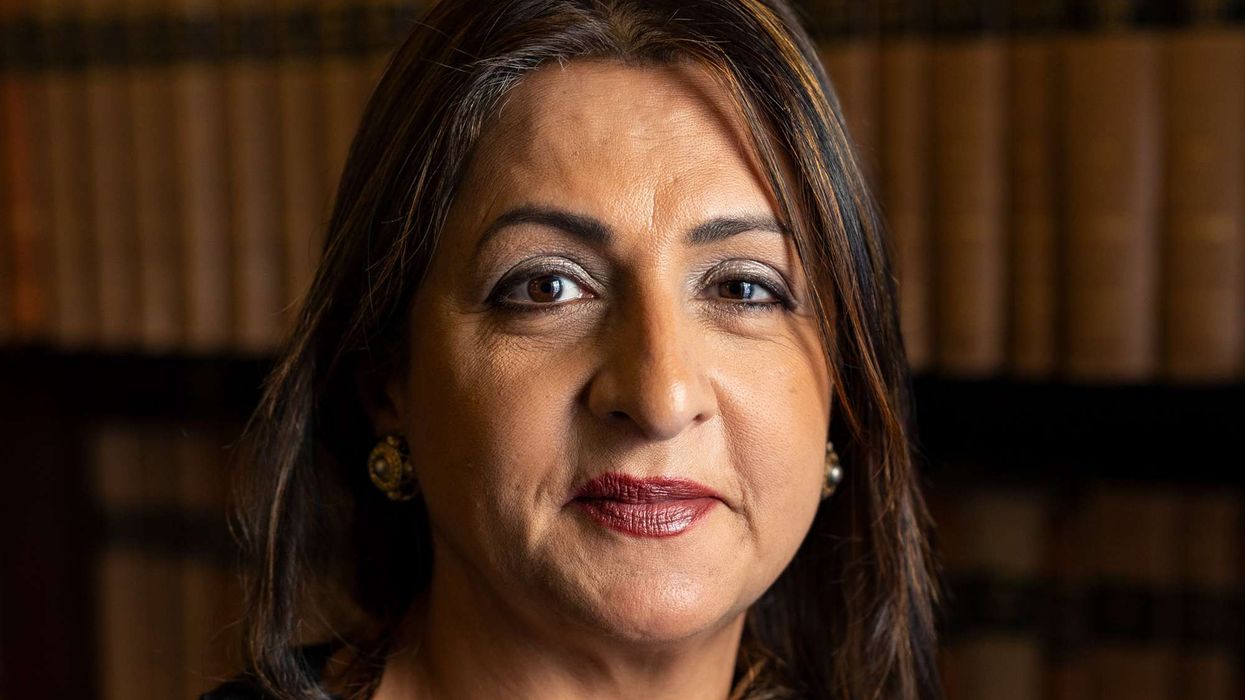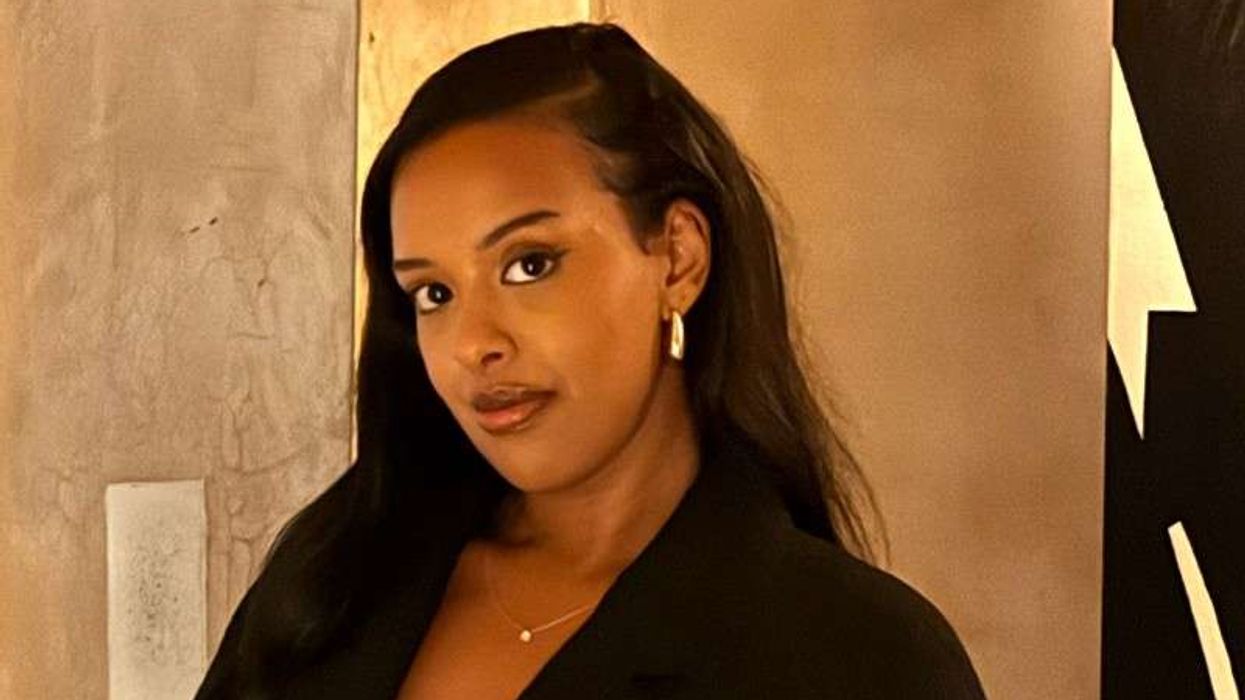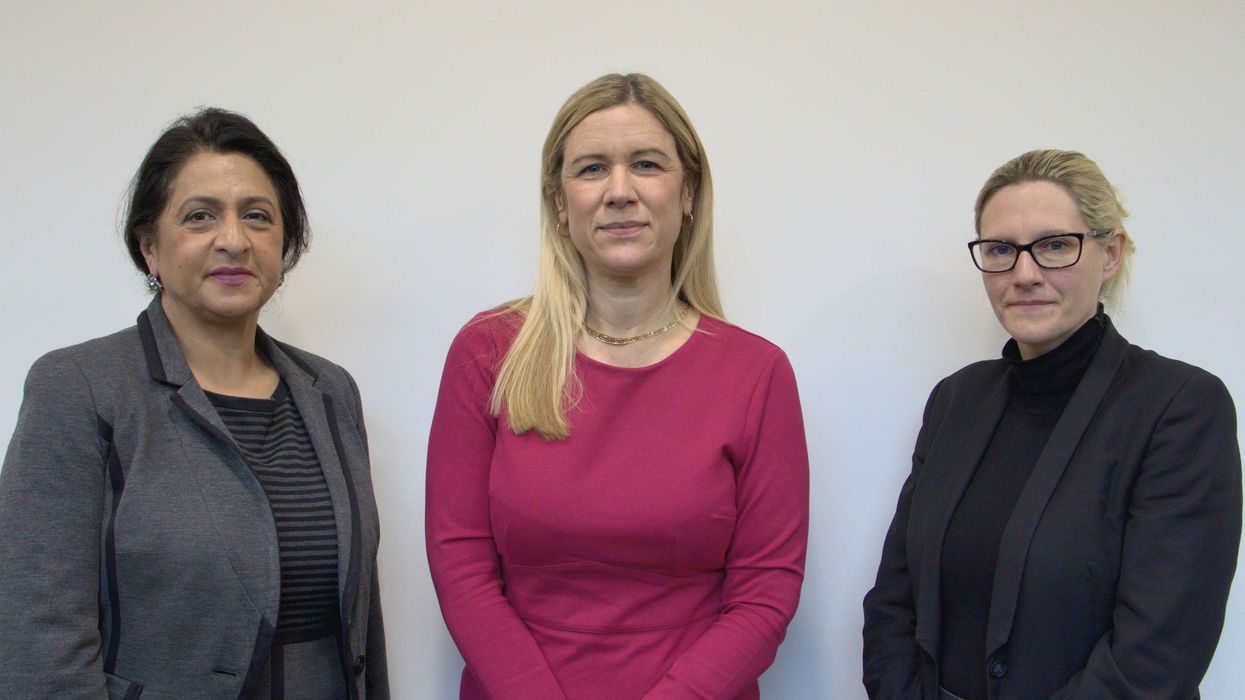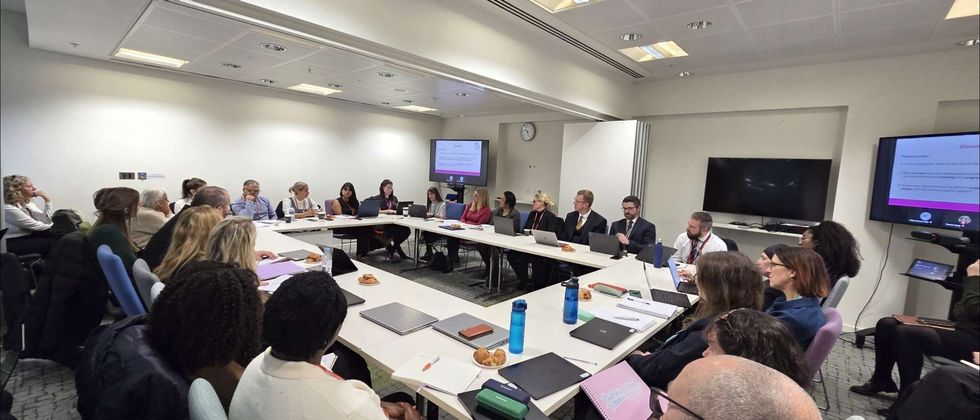Acid attacks on women have declined dramatically in Bangladesh in recent years as tough laws and the closer monitoring of chemical sales have cut down the grisly crime, officials and activists said Monday.
According to Acid Survivors Foundation (ASF), there have been just eight such attacks this year -- well down on the 494 cases reported in 2002 when new laws were enacted.
"It is a very good result, but our work hasn't finished yet," said Samanta Lal Sen, a prominent plastic surgeon and ASF trustee.
"We'll celebrate when the number of attacks will come down to zero," he said.
The crime first emerged in the 1990s, with scores of spurned or jilted men throwing sulphuric or nitric acid in the faces of women who rebuffed their advances to "spoil them" for anyone else.
Victims are left with severely disfigured faces, including damaged eyes and skin. In many cases, parts of the face are lost completely.
Survivors also face being made social outcasts -- especially in the rural areas of the conservative country that is home to 168 million people.
Officials and experts attributed the declining rate to a coordinated social, legal, and administrative campaign.
"The main reason is that we have enacted tough laws to fight the crime," Bangladesh's home minister Asaduzzaman Khan said.
In 2002 the state enacted a law that threatened the death penalty for anyone convicted of an acid attack.
According to ASF, since then at least 14 people have been sentenced to death, while nearly 700 others have been arrested and 338 jailed.
Minister Khan said a massive public awareness campaign and strict monitoring of the sale of dangerous chemicals also contributed to the decrease.
The government and local charities have also moved to remove the stigma for victims. Since its establishment in 1999, the ASF has worked with nearly 4,000 survivors of acid violence.
In one of the most recent attacks, a man was arrested in the Bangladeshi capital Dhaka for throwing acid at his ex-wife and her daughter.
Another survivor, Mosammat Jamila, said she was happy that the number of acid attacks had come down to single digits.
"I never want to hear that the life of another girl is ruined like me. I don't want anyone to go through the nightmares that I suffer," she said through tears.





 Nasima Abukar
Nasima Abukar Narwal, Ellie Reeves MP and Emma James
Narwal, Ellie Reeves MP and Emma James The first national honour-based abuse scrutiny panel held last Tuesday (9)
The first national honour-based abuse scrutiny panel held last Tuesday (9)





